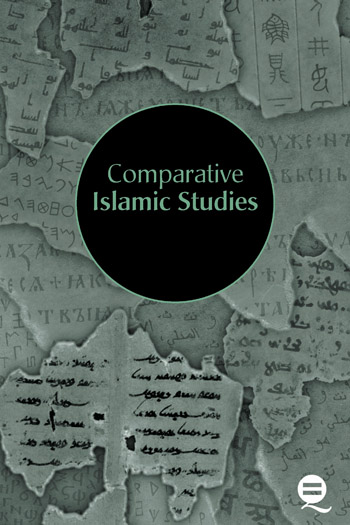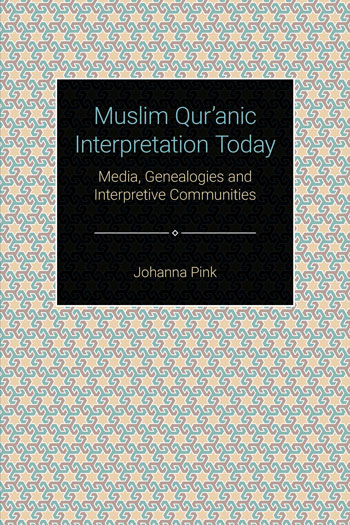Table of Contents
Preliminaries
The Qur’ān: Translation and Annotations
Reviews
Reviews
I cannot recommend a better English translation of the Qur'an for an academic setting. Both Droge and his publisher are to be warmly congratulated. Shawkat M. Toorawa, Cornell University, Bulletin of the School of Oriental and African StudiesDroge’s work provides the field of Qur’ānic Studies with a rich and meticulously researched translation that is particularly appropriate at a time when interest in the Qur’ān is growing. Ayman Ibrahim, Fuller Graduate Schools, International Qur’anic Studies Association (www.iqsaweb.org)
The major benefit of this meticulously crafted translation is its extensive set of intratextual and intertextual references. The former cover all the major terms used in the Qur’an, providing the Arabic original word in a footnote, with usages, whether parallel or variant, from other Qur’anic chapters. The latter display an intimate engagement with both the Hebrew Bible and the New Testament, as well as a range of secondary literature that can be seen to supplement brief or cryptic Qur’anic references. Both sets of references make this an indispensable companion or guide book for reading, engaging and studying the Qur’an. A further, attractive feature of Droge’s annotations is the highlighting of subsets or pericopes of each chapter in the footnotes; the reader, by glancing through these bold highlighted passages, can quickly surmise what are the chief elements, as also their relationship, within each chapter. Even the most seasoned scholar, and the most devout Muslim, will learn from Droge’s annotated translation. It is a treasure trove of both familiar and novel elements of the Noble Book. In sum, Arthur Droge is to be commended for the extraordinary Herculean effort. Bruce B. Lawrence, Duke University
At long last, a version of the Qur’an that is willing to introduce the reader to the complexities of the historical formation and secular interpretation of this important text. Droge is to be congratulated for making accessible to the student of religious studies a critical apparatus, something that is all too often ignored in other translations. Aaron Hughes, University of Rochester
Several new translations of the Qurʾān have appeared over the past 20 years or so. None, however, has attempted the depth and breadth of annotation of the entire text that Droge’s work provides. Readers coming to the Qurʾān with a desire to compare the scripture to the Biblical text will especially find the extensive citation of parallel passages to be of interest. Droge has provided lucid explanations of unclear passages and significant variant readings, making the ambiguities and challenges of the Qurʾān open to all curious readers. Andrew Rippin, University of Victoria
A translation tailored for students of religious studies. Recommended. Lower-division undergraduates and above; general readers. CHOICE, April 2014
This volume, published in clear, relatively large print, is a useful one volume resource for anyone (the academic or the educated general reader) who wants to learn more about Islam, particularly the Qur’an.
Church Times, 2014
This new annotated translation of the Qur’an in English by Arthur Droge ... has been praised by many scholars in the field. Each page of the book contains numerous footnotes that contribute to the understanding of the Qur’anic ayahs. [The book] has become one of the best sources for Qur’an researchers who write mostly in English.
Golestan-e Qur'ān, Summer 2014
This is certainly the best English translation of the Qur'an.
Gabriel Said Reynolds, Professor of Islamic Studies and Theology, University of Notre Dame
The major benefit of this meticulously crafted translation is its extensive set of intratextual and intertextual references. Both sets of references make this an indispensable companion or guidebook for reading, engaging, and studying the Qur'an.
Bruce B. Lawrence, Review of Middle East Studies









